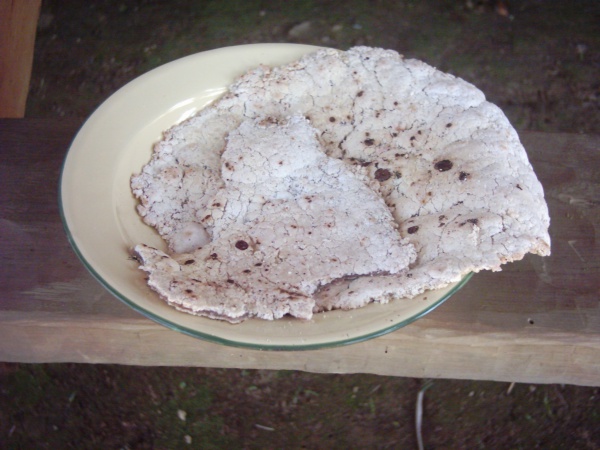Facts About Sago
Sago is a type of starch obtained from the pith of various tropical palm stems, most notably the Metroxylon sagu palm. It is an essential food source for people living in the lowland regions of New Guinea and the Moluccas, where it goes by different names such as saksak, rabia, and sagu. The main producers of sago are Southeast Asian countries, especially Indonesia and Malaysia.
Sago can be enjoyed in various forms, including balls, paste, or pancakes. Commercially, it is often processed into pearls, which are popular for making sweet sago pudding. Another source of sago is the sago cycad (Cycas revoluta); however, this plant is toxic and requires special processing to ensure it is safe for consumption.
The extraction process of sago is quite fascinating. It begins with splitting the palm stems and grinding the pith to release the starch. The starch is then washed and strained. Sago palms are typically harvested when they are between 7 to 15 years old, with each palm yielding around 150-300 kg of starch. When sourcing sago from the cycad plant, extra precautions are necessary to remove any toxins. In some regions, people also extract sago from cassava roots.
Nutritionally, sago is primarily composed of carbohydrates and contains minimal protein, vitamins, or minerals. Despite its limited nutritional profile, it is a staple in many traditional diets and can be used to prepare various dishes such as puddings, noodles, and bread. Sago pearls are also popular as thickeners and are widely used in Indian, Bangladeshi, and Sri Lankan cuisines.
Apart from its culinary uses, sago starch plays a role in the textile industry for sizing fibers. However, there is a conflict associated with commercial harvesting. Large-scale collection of sago can sometimes interfere with the food needs of local communities who rely on it as a staple food source.

 Afghanistan
Afghanistan